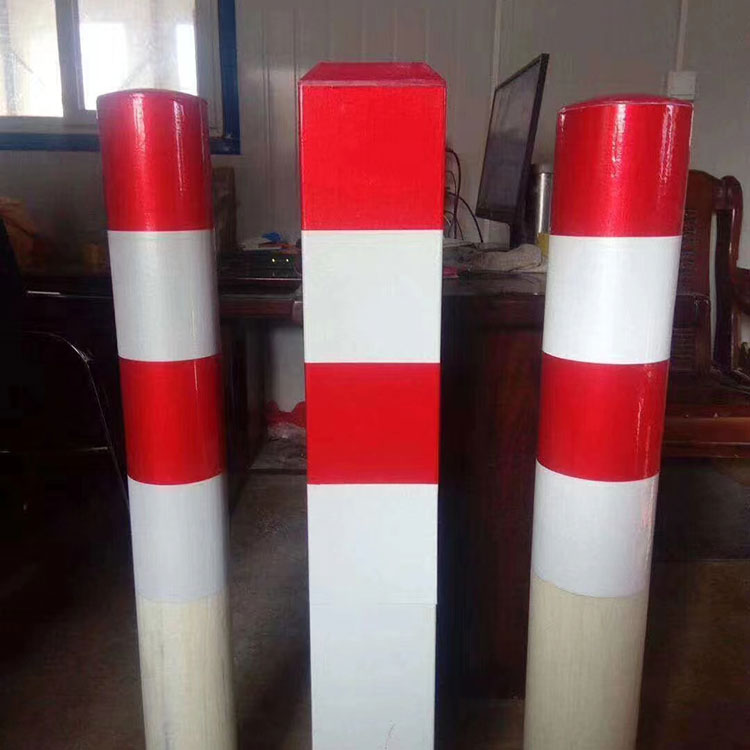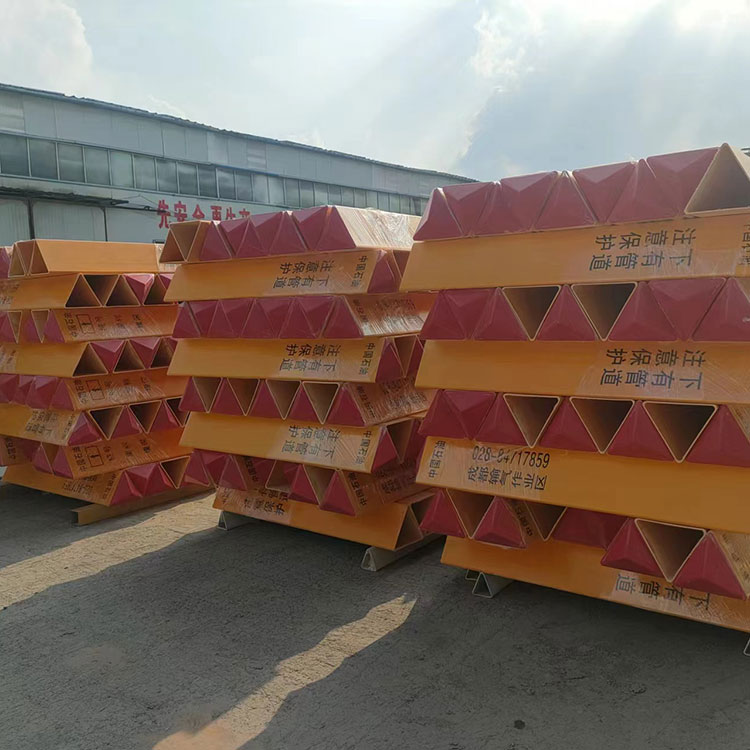
Corrosion Resistance:
The FRP Water Conservancy Sign Pile demonstrates excellent corrosion resistance, able to withstand chemicals and moisture in water environments without rusting or corroding, suitable for outdoor water conservancy projects.
Weather Resistance:
These sign piles are treated to have good weather resistance, capable of enduring exposure to sunlight, rain, and other natural elements without deformation or damage.
High Strength:
FRP material possesses high strength, enabling the sign pile to bear loads and pressure while maintaining stability and durability.
Lightweight Design:
Compared to metal or concrete sign posts, the FRP Water Conservancy Sign Pile is lightweight, facilitating transportation and installation, thereby reducing construction costs and labor intensity.
Long Lifespan:
The FRP Water Conservancy Sign Pile has a long lifespan, requiring less maintenance and replacement, thus saving maintenance costs and time.
In summary, the FRP Water Conservancy Sign Pile is highly suitable for outdoor water conservancy projects and infrastructure, boasting advantages such as corrosion resistance, weather resistance, high strength, lightweight design, and long lifespan.

|
Load Capacity: High |
Maintenance: Low |
|
Mesh: Small |
Material: Fiberglass |
|
Size: Customized |
Alkali Resistance: Strong |
|
Thickness: Customized |
Type: Pultruded Sign Pile |

The FRP Water Conservancy Sign Pile provides reliable signage and directional functions to ensure the safety and effective operation of water conservancy facilities and projects. It is suitable for the following scenarios and environments:
Water conservancy infrastructure: Used to indicate and mark key facilities in water conservancy projects such as dams, reservoirs, canals, and irrigation systems.
Water conservancy construction sites: Deployed as temporary or permanent markers to indicate construction progress, safe zones, or specific equipment locations.
Water management and protection projects: Employed in water resource management and protection initiatives to mark water source protection areas, water quality monitoring points, etc.
Agricultural irrigation systems: Positioned at critical locations within agricultural irrigation systems to indicate water sources, pipelines, or sprinkler equipment locations and directions.
River and waterway navigation: Utilized in rivers, waterways, or harbors to mark channels, navigation points, or hazardous areas for safe vessel passage.
Wetland conservation areas: Deployed within wetland ecosystems to mark restricted zones, observation points, or boundaries of ecological reserves.
Address
No. 689, Industrial Park, Zaoqiang County, Hengshui City, Hebei Province, China
Tel
TradeManager
Skype
VKontakte
